
Jonathan Hurtado is GRT family, if you ever have met him. You would know why we love him. He is a bad ass HHH finisher and he has GORUCK Selection in his sights after a near finish last year. He has shared a few words about the recent Star Course 50 Miler he completed in San Francisco. We wanted to share his AAR with you.
This past weekend, I finished the GORUCK San Francisco Star Course. It was one of the hardest GORUCK events I’ve done, and I feel like passing along some unsolicited advice to help you get ready for the next one.
1) Treat the Star Course like a GORUCK Heavy – This event was no joke. I definitely felt like I did work to finish about 56 miles in under the allotted time limit. Do not assume that just because there’s no ruck PT like a Challenge that the Star Course is easy or even doable. You HAVE to put in the training if you want to finish. You need to ruck at least three times a week. I would advise a heavy short ruck, a standard ruck, and a weekend long ruck. However you do your training, you need to put a lot of miles on your feet.
2) Train with heavier than 20 pounds – Depending on your body weight, you’ll either do the Star Course with 10 or 20 pounds. When you’re training for this event, you want to build up your training so that you ruck with 15 or 20 pounds more than your standard weight. Why? So that when it’s time for the Star Course, going back down to 10/20 pounds will make your ruck feel lighter.
3) Train for the terrain – Research what is the dominant terrain in the Star Course area. Whereas the D.C. course was (I’m assuming) mostly flat, San Francisco was mostly city streets and ridiculous hills. If there’s any type of elevation in your event, practice rucking on hills. If that’s not available, do tons of ruck step-ups. Whatever the terrain is, practice doing your ruck movements in that terrain (or as close to it as possible). Train like you fight.
4) Train with your team – One way to improve your chances of finishing is to train with your team. If you live close to your teammate(s), then you should absolutely be doing your ruck training together (at the very least, do the long weekend rucks together). However, if your teammate(s) live far away or your schedules don’t align, then you can set up a system when you virtually train with each other. You can send each other how many miles you’ve done via your preferred fitness tracker. It sets up a layer of accountability and helps your teammates get motivated to get in their miles as well.
5) Get a support team – Not everyone will have this luxury, but try to get a support team (or person) to assist you during the event. They can be a huge morale boost (especially if they bring you food/coffee) and can help you in case something goes wrong. In my case, my battery pack died after using it for two hours, so Jenn Kennedy drove up to my location and lent me hers. I didn’t have to stress about my phone and watch running out of power, so I could concentrate more on rucking my miles. If you have a friend local to the Star Course area, ask for help.
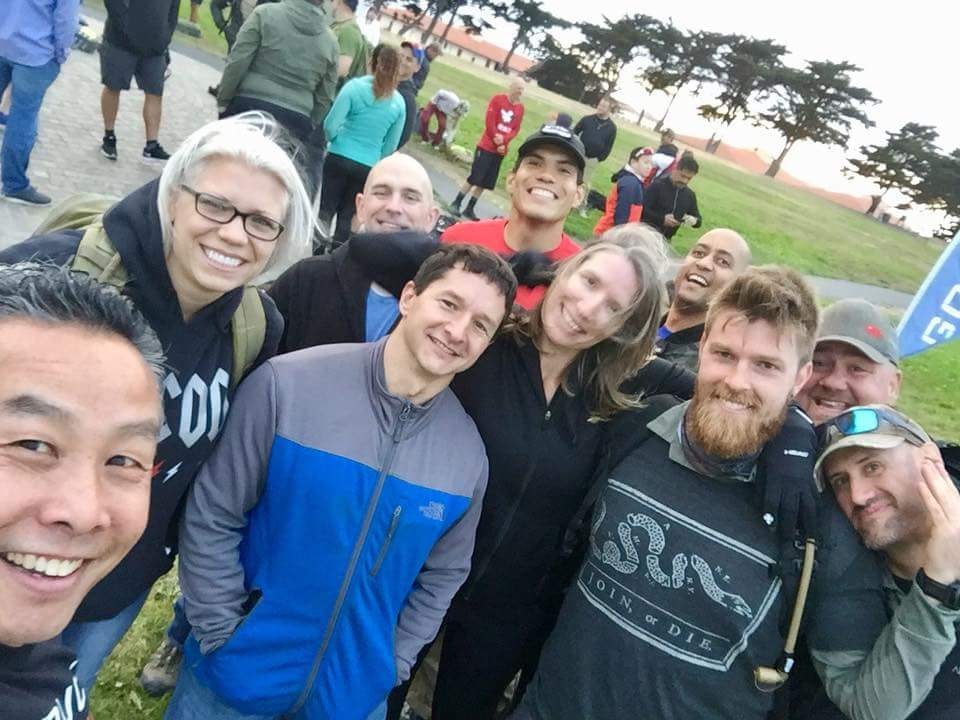
6) Two is one and one is none – If possible, bring two of every item you’ll think you’ll need for your event. My battery pack died during the event and I didn’t have a spare, but I was lucky that my support team was able to supply me with one. You may not be so lucky if one of your items (say your bladder) breaks and you don’t have a spare.
7) Listen to your feet – I remember reading Jason’s Star Course AAR about how he was developing hot spots on his foot around Mile 40, but he chose to ignore it because he felt that his body didn’t want to stop. He finished the course, but in hindsight he wished that he had taken the time to address his feet so that he wouldn’t have developed the blisters that bugged him at the end of the Star Course. I remembered this anecdote as I started to get the initial sensations of hotspots on my left foot at around Mile 49. Although I was close to the end of the Star Course (still had a bunch of miles and checkpoints to hit), I decided to take a brief break and address my feet. I’m glad I did, because I avoided developing blisters, which saved me from even worse feet agony than what I was already feeling.
8 ) Know your why for doing the Star Course – Make sure you have a solid “why” for doing the Star Course. It’s what is going to prevent you from quitting when you’re hurting during this event.
9) Yoga, yoga, yoga – When I finished at 56 miles, I honestly felt like I could go another 10 miles (but thank god I didn’t have to). While part of it was because of my training, I strongly feel that all the flexibility stuff that I’ve been doing was a major reason why my body did not break down at any point during the event. I do some stretches from the book, Becoming a Supple Leopard, before and after my workouts. On my active recovery days, I do yoga.
Money tight or don’t feel like going to a yoga studio? You can search and view yoga videos on Youtube, so you can do them in the comfort of your home without having to pay. If you’re still not convinced, then listen to this – Cadre Dan told me after a GORUCK event that one of the best things you can do to help recover and avoid injuries is to do yoga. So there. A Green Beret said it’s okay for you to do yoga. Stop sneering. It’s actually good for you. Trust me on this, okay?
So there you go, some tips that I hope will help you get closer to your goal of finishing the Star Course. Please, don’t treat it lightly. Train hard. Good luck!
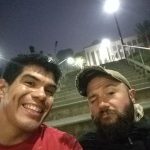


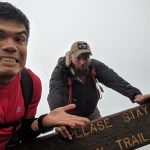

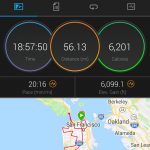
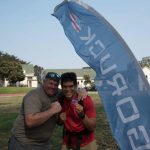
Hey Jonathan – Great job on the race and AAR! Did you have a specific training plan and what is that app that you used to track?
Jason McCarthy posted his recommended training Star Course plan (https://blog.goruck.com/rucking-training/training-plan-50-miler-star-course/), so I would say follow that to get ready for the Star Course. I tracked my movement via my Garmin Fenix 3 watch, and I had it hooked to an external battery when it was running low on power. After I synched my watch to my computer, I used Garmin’s Connect app to get details from the movement.
Jon,
What app did you utilize for navigation and check point, ect? thanks and great job my man!